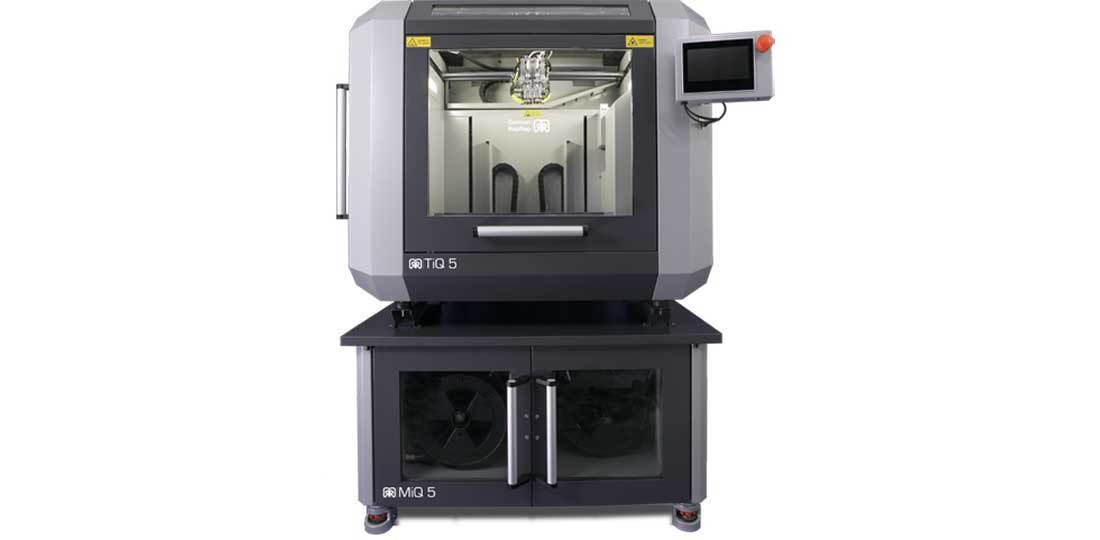The demands placed on engineering thermoplastics in additive manufacturing (AM) are high and the areas of application are diverse, from prototypes in the automotive industry to small series production in veterinary medicine.
.
But even the best and most expensive material is only as good as its processing. To produce efficiently, avoid production losses, save costs and time, and achieve the best results with FFF 3D printers, you should consider the following five points. 1) Dry filament and store it optimally Moisture in the filament affects the 3D printing result. This can be seen in bubbles which are increasingly formed during printing of the base layer and even in the subsequent printing process. Hair-thin threads (oozing, stringing) can often form on the component, or unevenness, so-called “blobs or zits”, can appear on the surface. These imperfections result in components failing to meet their high-quality requirements and therefore the entire print must then be repeated, which is time and cost-intensive. For this reason alone, it is worth drying the filament before printing, storing it in the best possible way and finally processing it at the right temperature and low humidity. A filament dryer such as the MiQ 5 from German RepRap […]
Materialise Introduces 100% Reused Powder with New 3-D Printing Service
Materialise Manufacturing, a leader in 3-D printing solutions with U.S. operations based in Plymouth Township, has...





0 Comments